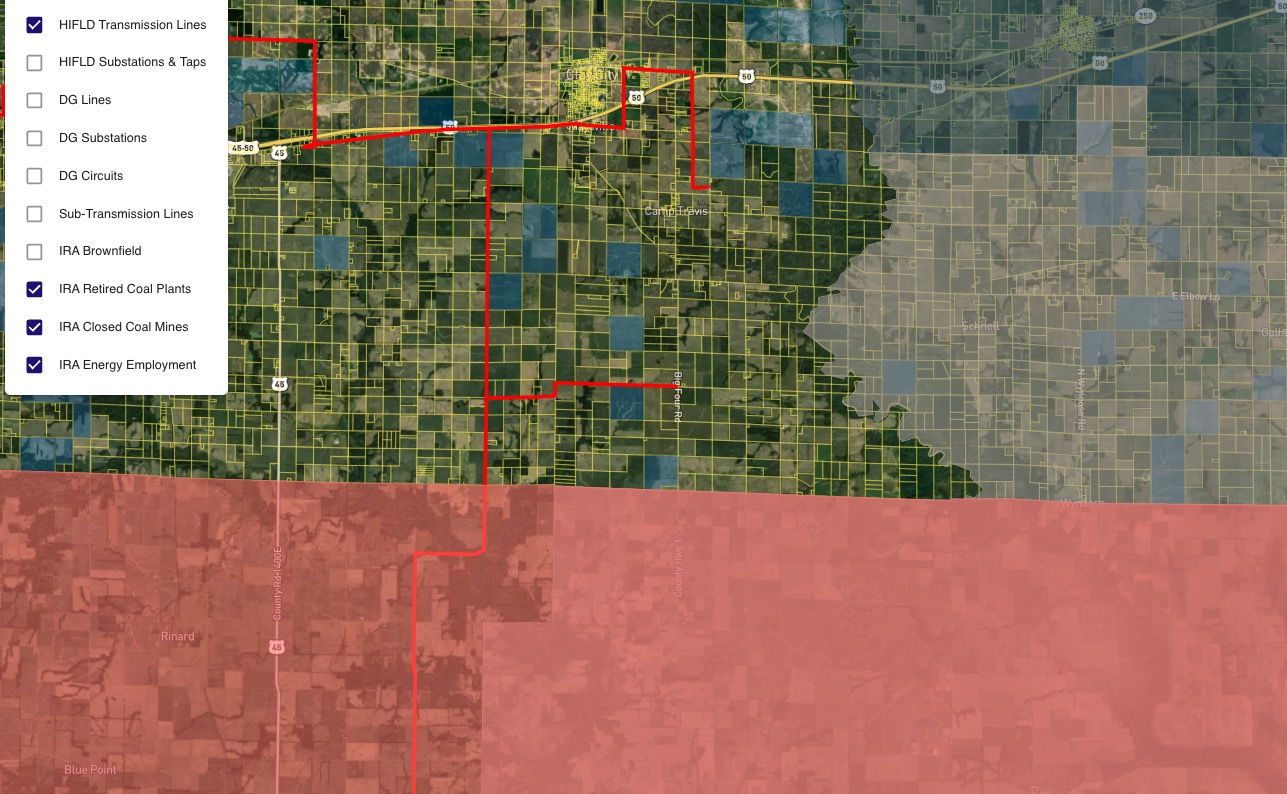
Inflation Reduction Act: Energy Community
The Inflation Reduction Act is massive for the clean energy industry and at Paces we have been excitedly working through its implications. We have also spoken to Democratic staffers and policy experts to translate the language of the bill directly into actionable data and are please to announce that Energy Communities are now live in Paces!
Below is a summary of how you can use Paces to filter project sites based on one key aspect of the bill, an Energy Community.
Energy Community
What is an Inflation Reduction Act Energy Community? The specific text of the bill is as follows:
ENERGY COMMUNITY.—For purposes of this paragraph, the term ‘energy community’ means—
A complicated set of definitions! At Paces we have gone through each of these and created our own naming convention for each type of Inflation Reduction Act Energy Community:
- Brownfield
- Energy Employment
- Fossil Retirement
We also welcome SEIA’s announcement of their own Energy Community mapping analysis as it helps prove the success of our approach!
Brownfield Energy Community
Brownfields are places defined by the EPA as “a property, the expansion, redevelopment, or reuse of which may be complicated by the presence or potential presence of a hazardous substance, pollutant, or contaminant.” The specific law referenced in the IRA is CERCLA, the law most commonly known by the term Super Fund. We have identified a number of EPA based data sources and integrated this data into Paces. As there is some flexibility in terms of the distance a parcel needs to be from a brownfield in order to count for the additional incentives, we allow users to specify their preferred distance when selecting parcels.
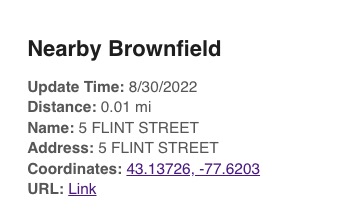
Brownfields are even more interesting to renewable developers when coupled with the Bipartisan Infrastructure Law passed in 2021. Within this law there is $1.2 Billion in Project Grants for Brownfield cleanup and while for-profit companies cannot avail of these grants directly, there is a an amazing opportunity to work with grantee organizations.
Energy Employment Energy Community
The Energy Employment section of the bill is about identifying communities that are negatively effected by the shift from fossil to renewable energy. This part of the bill is also the most complex from a data point of view. To find these parcels we:
- Identified all metropolitan and non-metropolitan statistical areas in the country
- Found via an array of federal and state sources the amount of employment and tax receipts involved in the fossil fuel industry
- Found the MSA unemployment rate and compared it to the national average unemployment rate for the previous year
This allows us to define all metropolitan and non-metropolitan statistical areas in the country as either being an Energy Community or not. There are some subtleties in interpreting this data though and so we have done secondary checks to compare state produced and federally produced numbers.
Fossil Retirement Energy Community
“Fossil Retirement” is the final type of Energy Community and is also focused on identifying communities that have experienced economic hardship as part of the shift away from fossil fuels. These Energy communities include those where there is a retiring coal mining or coal power plant in the last couple of decades. Interestingly, this part of the bill works off of census tracts rather than MSAs. There are over 80,000 census tracts in the USA and so our approach is to first find all the relevant retired coal mines and power plants and then cross reference with those census tracts. We can then point to all relevant parcels within a given census tract as part of a valid Fossil Retirement Energy Community.
A Land Grab?
Speaking to our renewable developer customers, there is a definite sense that the passing of the IRA will result in a 24-month flurry of activity as developers seek site control on properties that maximize IRA credits. Paces incorporates data very rapidly and can identify parcels in minutes; this means we can help developers identify the best sites first.
Paces also plans to incorporate other aspects of the IRA into our software soon, including identifying the best sites to maximize Hydrogen credits as well as including geographic prevailing wage data. For example, clean energy credits are 2-5 times more valuable if the project is built with prevailing wages; however, prevailing wages can vary by up to 25% depending on the county.
If interested in a demo of Paces, email us at team@paces.ai

Sign up for emails
Find the right sites faster, assess feasibility with world class data, and track progress across your entire project pipeline with software built to compress your workflow.
More articles
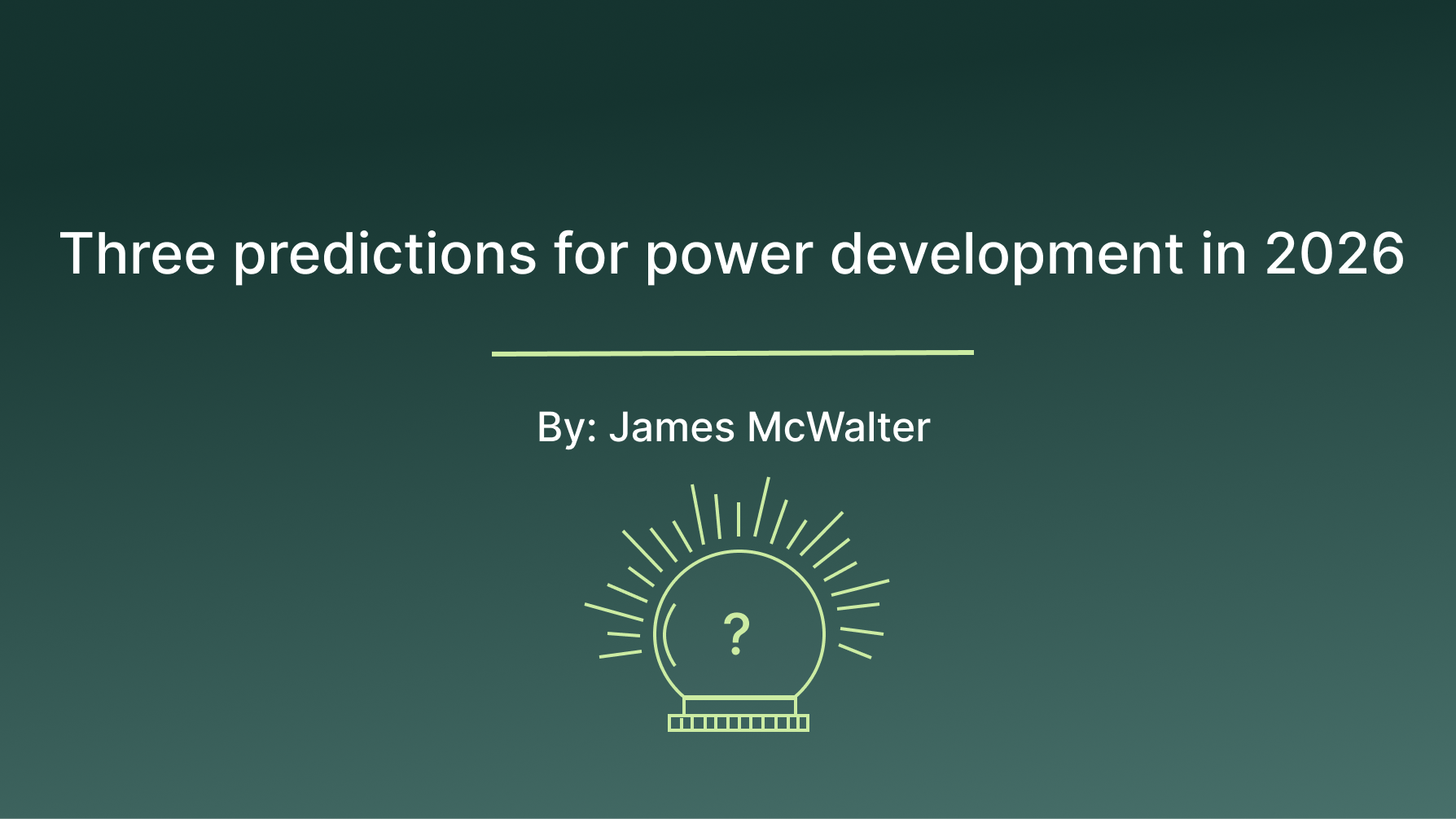
Three predictions for power development in 2026

Three predictions for power development in 2026


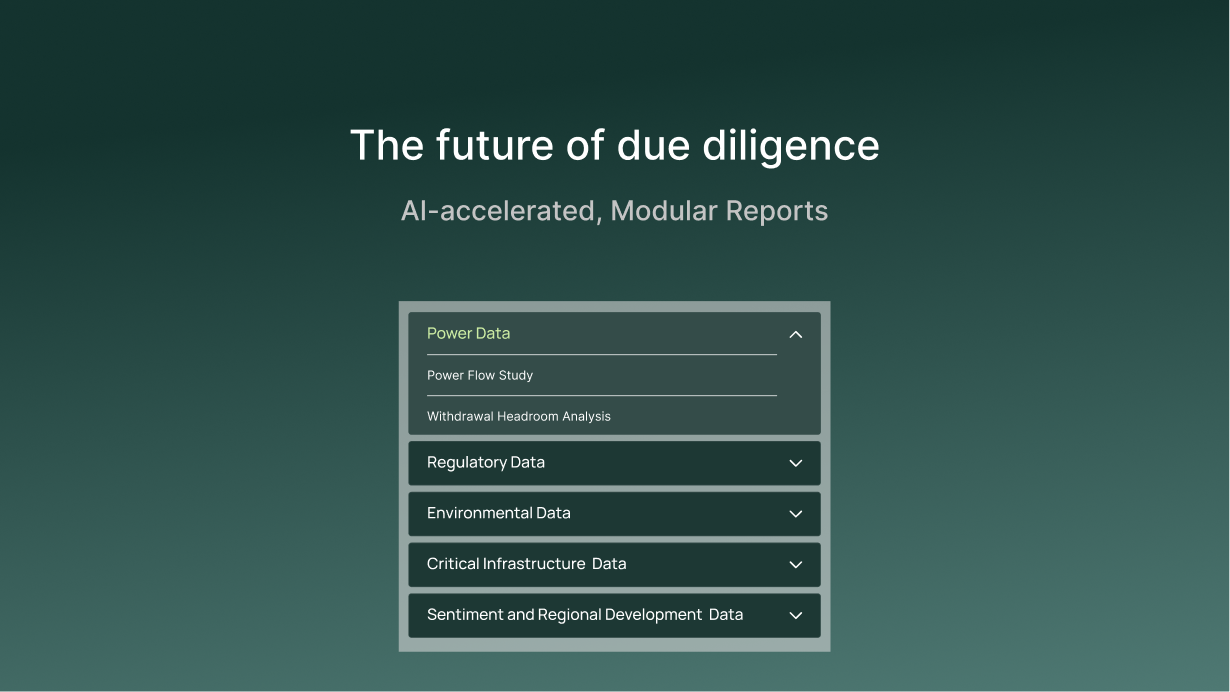
The future of due diligence: AI-accelerated, Modular Reports

The future of due diligence: AI-accelerated, Modular Reports



Faster development starts with better intelligence: Inside Paces Automated Reports

Faster development starts with better intelligence: Inside Paces Automated Reports



Beyond the headlines: What DOE's FERC directive really means for your project

Beyond the headlines: What DOE's FERC directive really means for your project



The One-Person, Billion-Dollar Power Development Company

The One-Person, Billion-Dollar Power Development Company


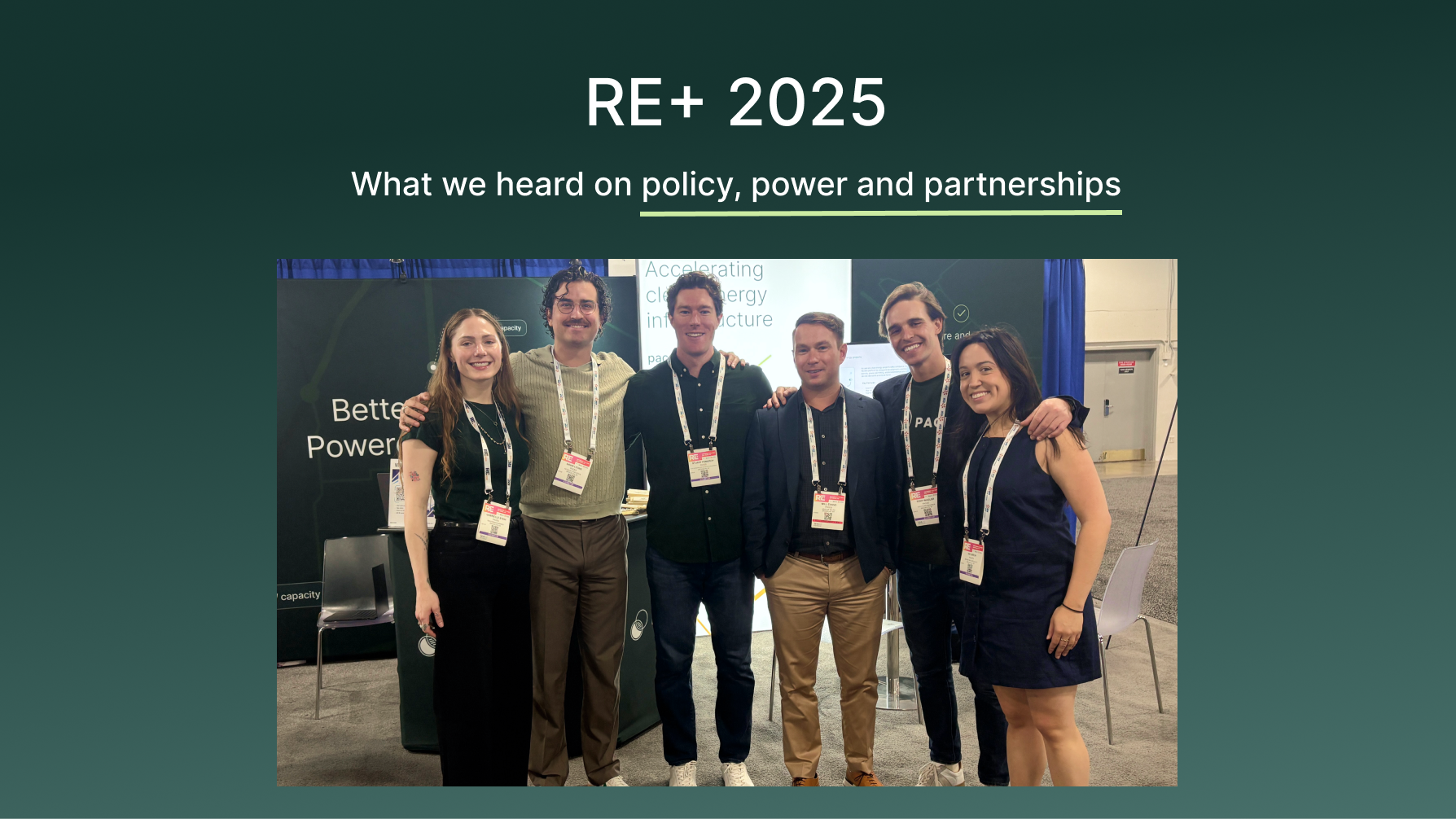
RE+ 2025: What we heard on policy, power, and partnerships

RE+ 2025: What we heard on policy, power, and partnerships



Do Not Wait and See: A 30-Month Sprint Playbook after OBBBA

Do Not Wait and See: A 30-Month Sprint Playbook after OBBBA


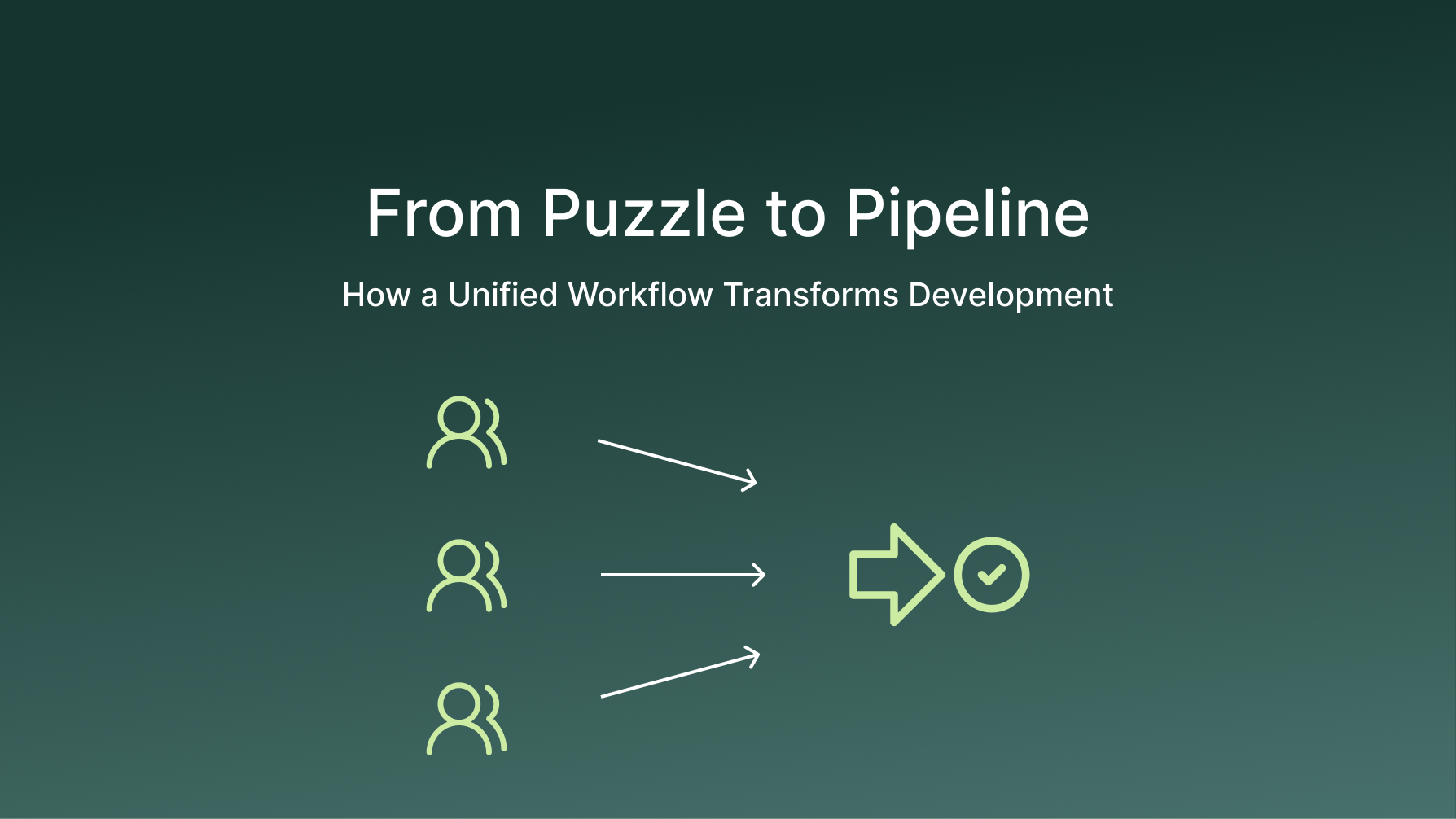
From puzzle to pipeline: how a unified workflow transforms development

From puzzle to pipeline: how a unified workflow transforms development


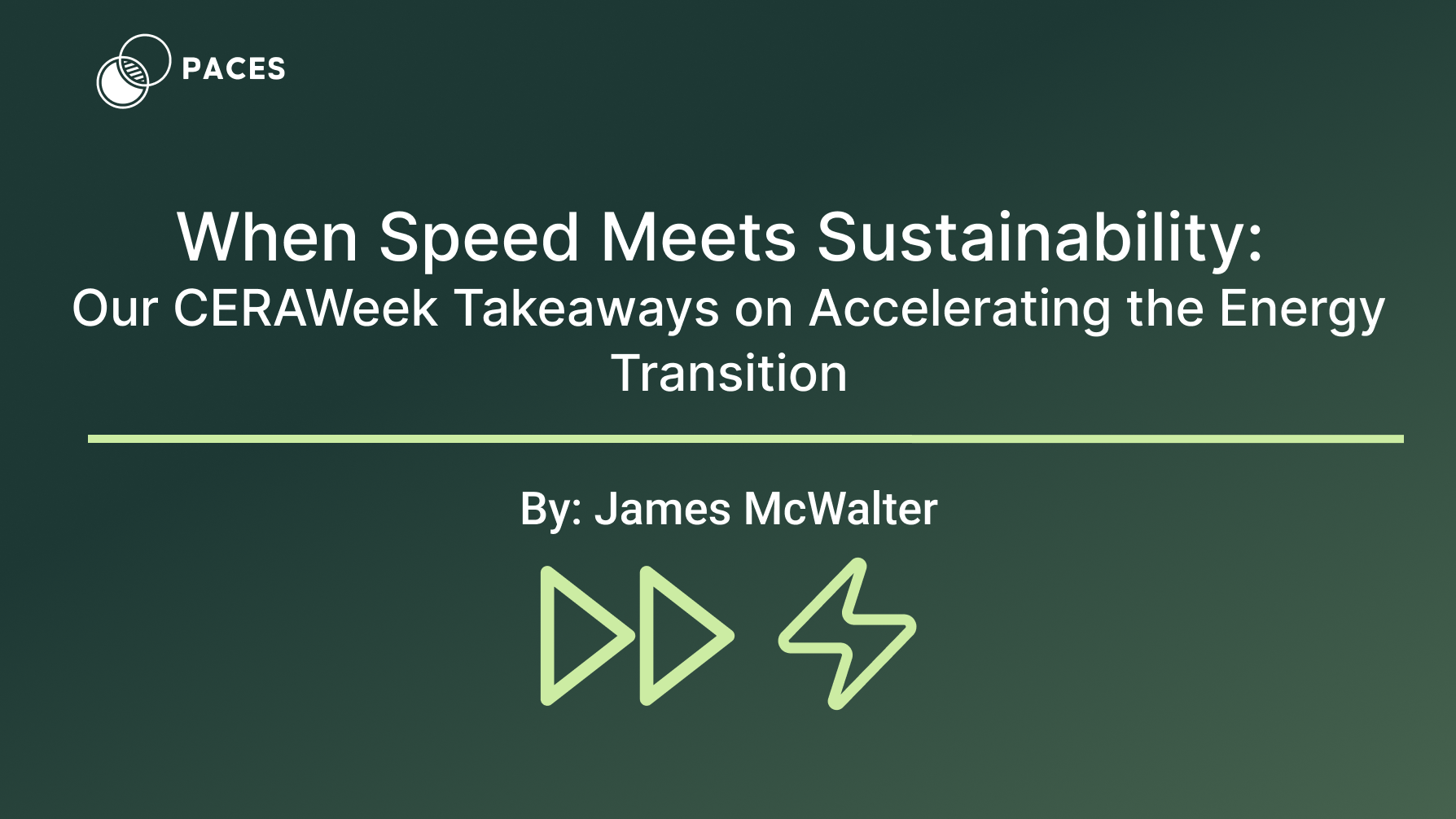
When Speed Meets Sustainability: Our CERAWeek Takeaways on Accelerating the Energy Transition

When Speed Meets Sustainability: Our CERAWeek Takeaways on Accelerating the Energy Transition



Introducing the Accelerated Development Framework

Introducing the Accelerated Development Framework



A Look Back and the Road Ahead for 2025

A Look Back and the Road Ahead for 2025



The Critical Role of Clean Energy in the AI Revolution

The Critical Role of Clean Energy in the AI Revolution


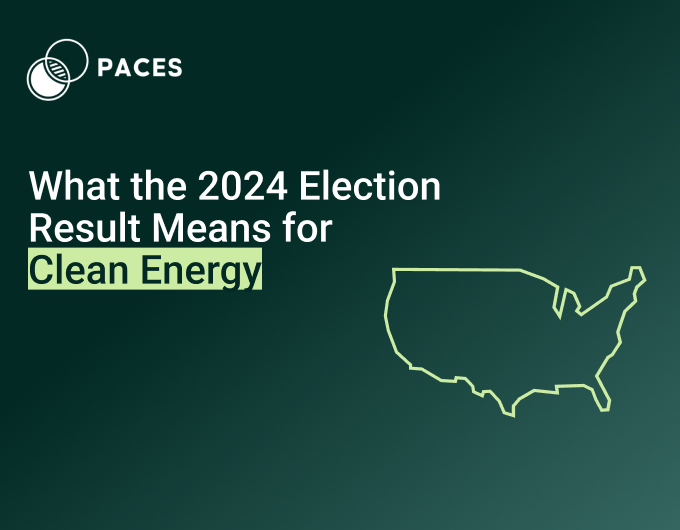
Paces's Take: What the 2024 Election Result Means for Clean Energy

Paces's Take: What the 2024 Election Result Means for Clean Energy


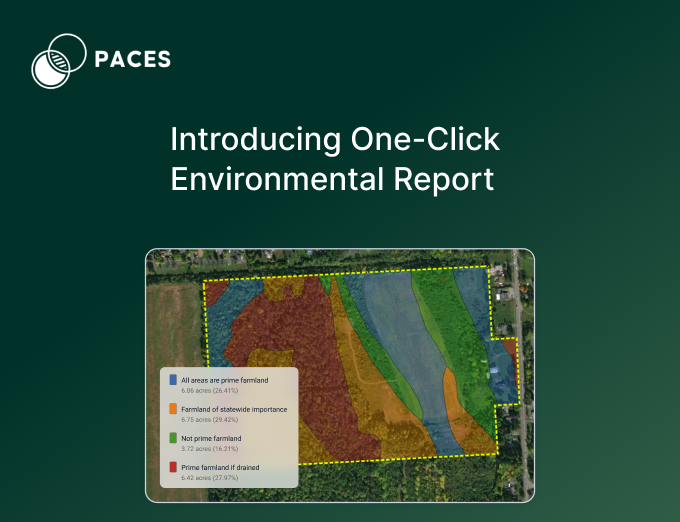
Why We Built the Environmental Reports: Saving Time, Reducing Effort, and Empowering Teams

Why We Built the Environmental Reports: Saving Time, Reducing Effort, and Empowering Teams



Solar Energy Adoption in NY vs. PA

Solar Energy Adoption in NY vs. PA



Siting the Needle in a Haystack: Solar Permitting in Glenn County, CA

Siting the Needle in a Haystack: Solar Permitting in Glenn County, CA


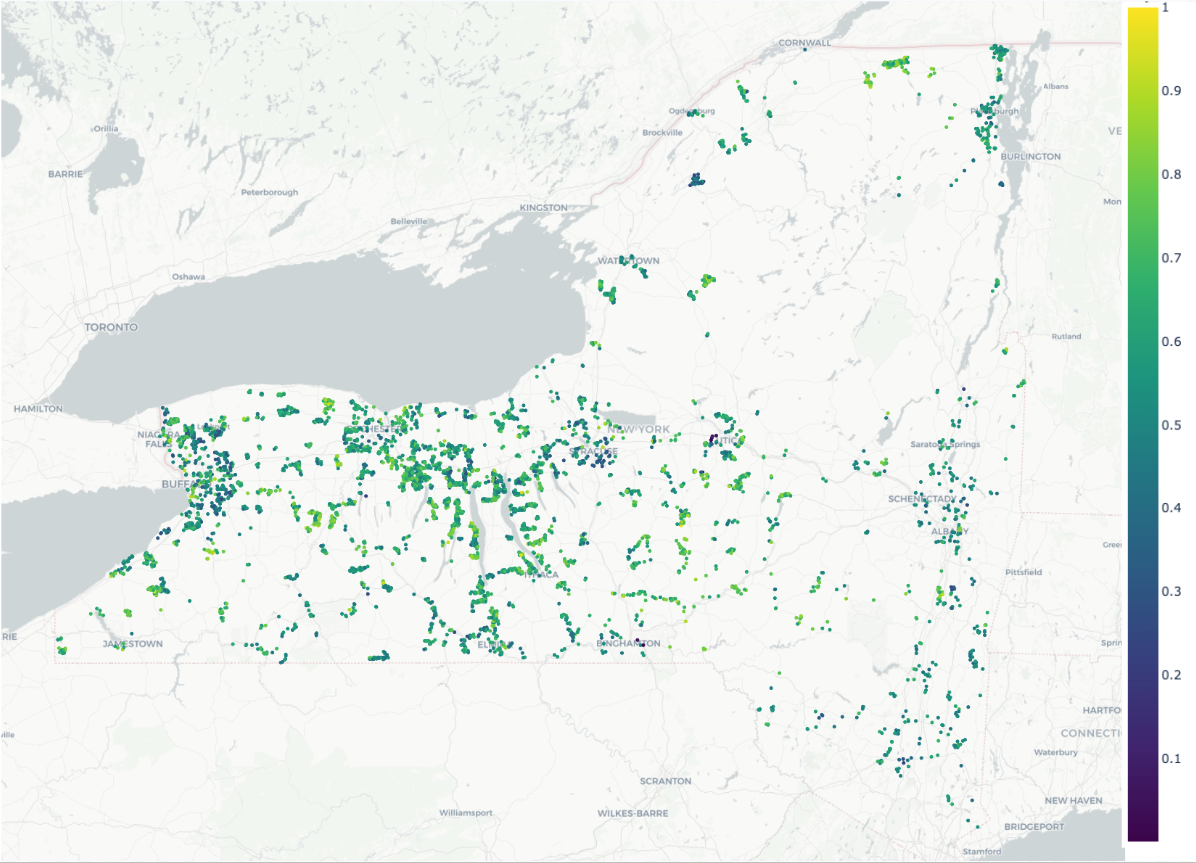
10 GW by 2030: Sizing the New York Community Solar Market from the Local Ordinance Up

10 GW by 2030: Sizing the New York Community Solar Market from the Local Ordinance Up



Quantifying Solar Permitting Risk with Large Language Models

Quantifying Solar Permitting Risk with Large Language Models


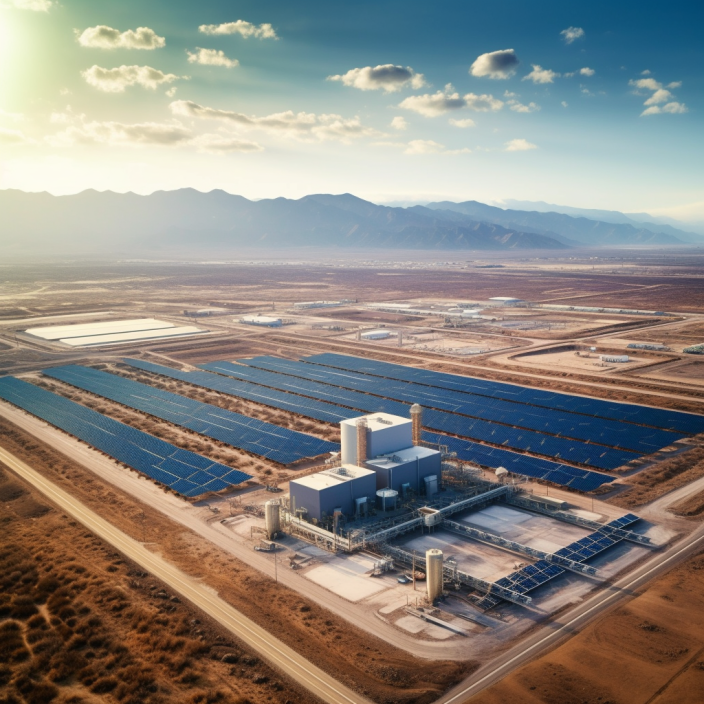
From Brownfields to Brightfields

From Brownfields to Brightfields



From Sheep Farms to Solar Farms

From Sheep Farms to Solar Farms


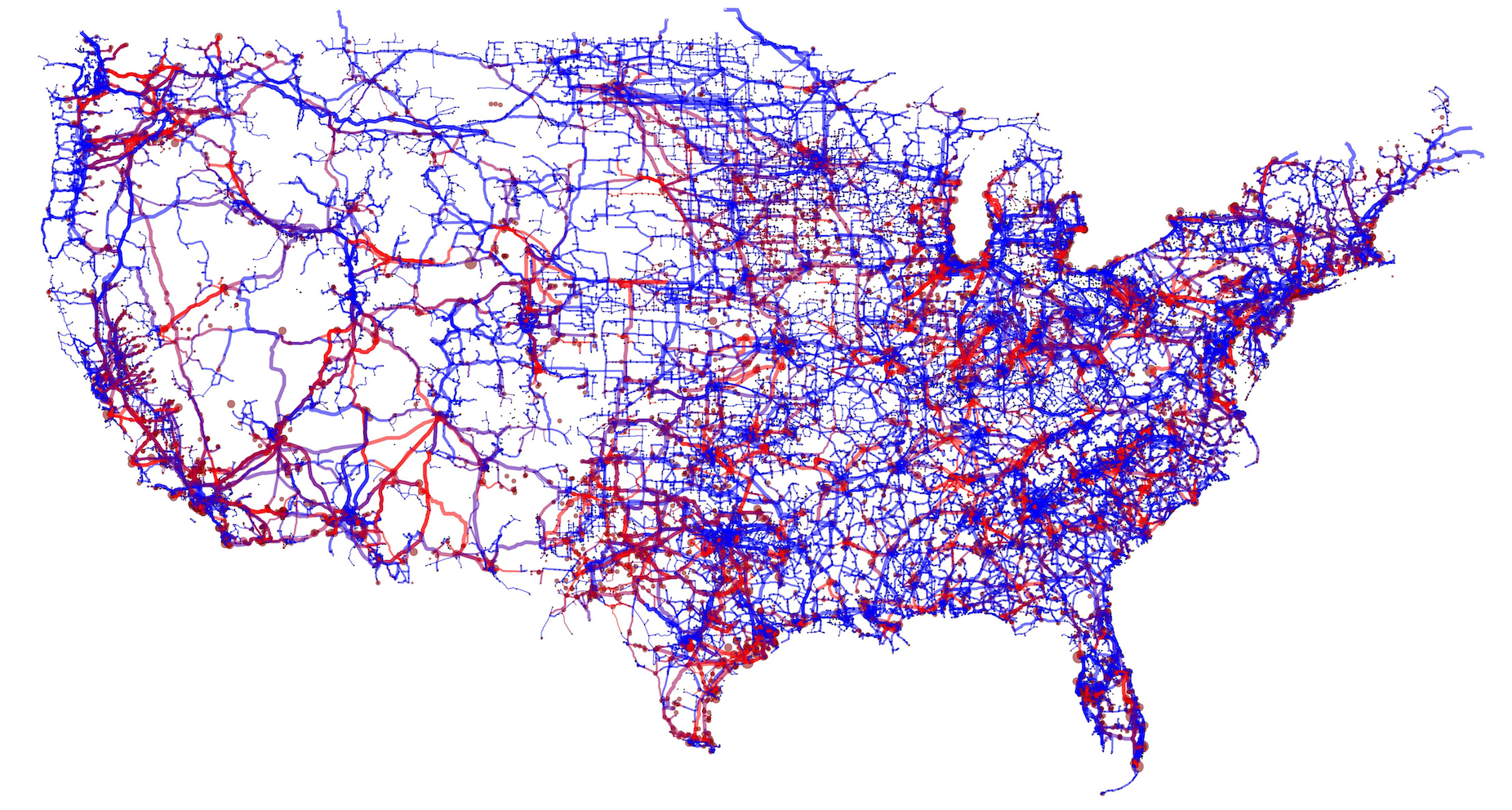
Evolution at the Edge: Renewables and the Spatial Configuration of the Grid

Evolution at the Edge: Renewables and the Spatial Configuration of the Grid



Renewable Development Blockers

Renewable Development Blockers



Cofounder Charles Bai is a Forbes 30 Under 30!

Cofounder Charles Bai is a Forbes 30 Under 30!



Inflation Reduction Act: Energy Community

Inflation Reduction Act: Energy Community


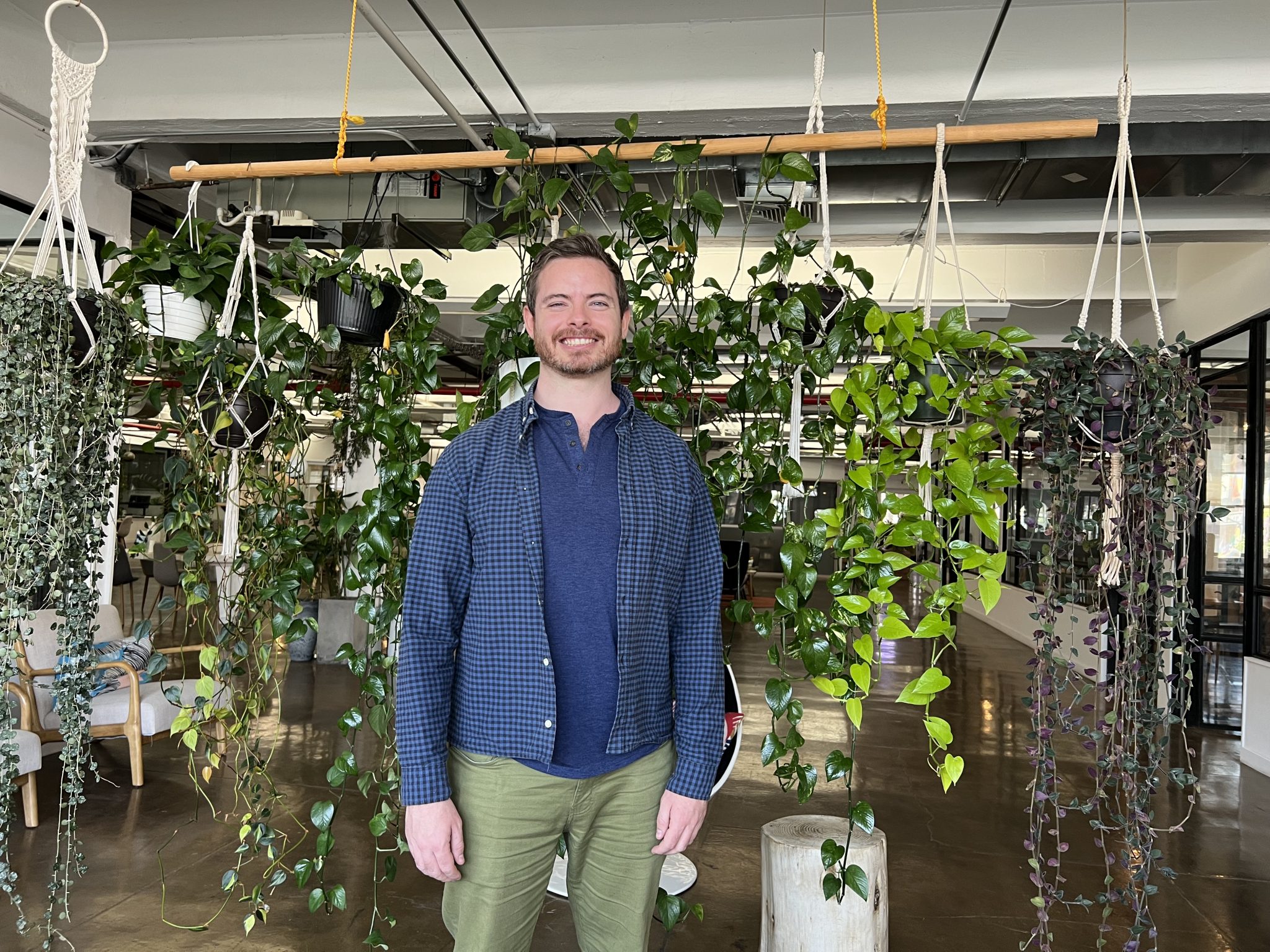
Paces Featured on Founder to Founder!

Paces Featured on Founder to Founder!



Paces @ TechCrunch Climate 2022

Paces @ TechCrunch Climate 2022



Paces Joins Y Combinator Summer Batch 2022

Paces Joins Y Combinator Summer Batch 2022



Paces Featured in Forbes!

Paces Featured in Forbes!



Paces Launch Podcast

Paces Launch Podcast


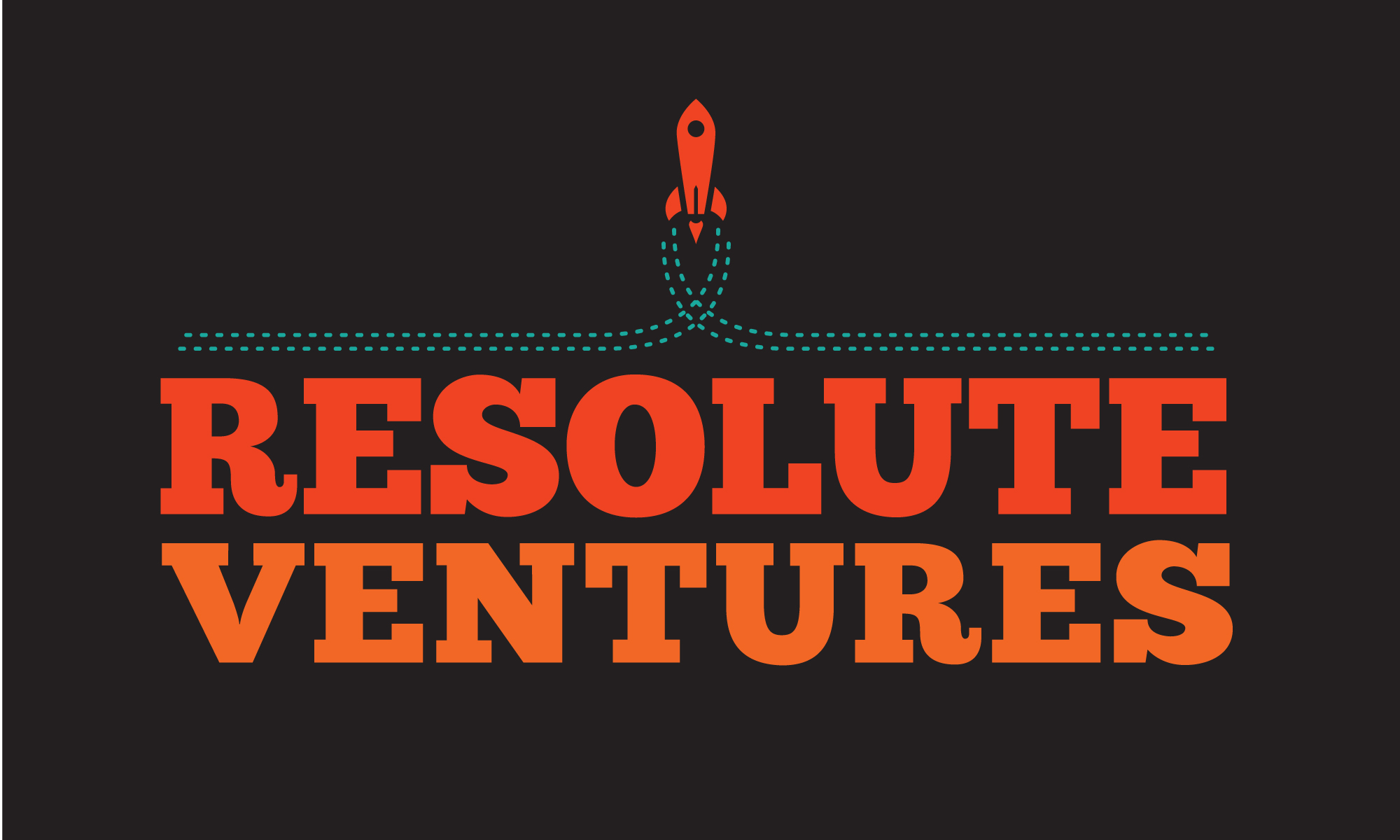
Green Infrastructure Data Platform Paces raises $1.9M Pre-Seed led by Resolute Ventures

Green Infrastructure Data Platform Paces raises $1.9M Pre-Seed led by Resolute Ventures


Sign up for emails
Find the right sites faster, assess feasibility with world class data, and track progress across your entire project pipeline with software built to compress your workflow.

